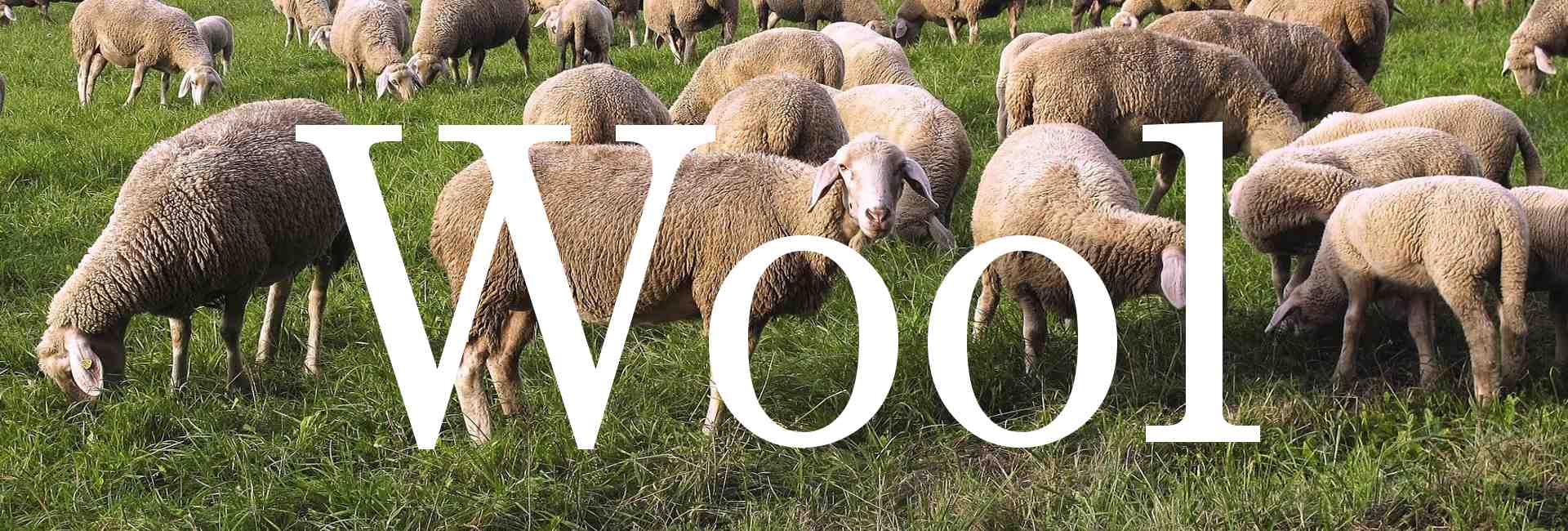Properties of wool and how to care for it?
Wool: A Timeless Natural Material
Wool, which humanity has been processing for clothing and other uses for thousands of years, possesses several unique properties that set it apart from commonly used materials such as cotton or synthetic fabrics. Thanks to these qualities, wool is once again gaining popularity—not only among history enthusiasts (reenactment), but also among lovers of natural, eco-friendly fashion and everyday users.
Main Advantages of Wool:
✅ Thermal Comfort – Wool effectively retains body heat, keeping you warm in winter while also wicking away excess heat in warmer conditions—even when wet.
✅ Moisture Wicking Ability – Wool can absorb up to 50% of its own weight in moisture without feeling wet, and it dries quickly.
✅ Antibacterial and Antiseptic Properties – Despite being slightly itchy, wool naturally resists bacteria and microbes.
✅ Water Repellency – Thanks to lanolin present in wool, it has a degree of natural water resistance.
✅ Odor and Dirt Resistance – Due to its fiber structure, wool does not easily absorb odors or common dirt, reducing the need for frequent washing.
✅ Durability – With proper care, wool garments last much longer than clothing made from other materials.
✅ Eco-Friendly Choice – Wool is a biodegradable and renewable material, making it a sustainable alternative to synthetic fabrics.
✅ Easy to Process – When following simple processing techniques, wool can be easily dyed, even with natural dyes.
Disadvantages of Wool:
❌ Sensitive to Temperature Shocks – Always wash wool in water up to 30°C (86°F) or use a wool-friendly washing program.
❌ Biological Pests – Wool can be attacked by moths if left unused in a wardrobe for a long time (you can prevent this with lavender, rosemary, orange peel, occasional airing, or chemical moth repellents).
❌ Higher Price – High-quality wool (especially 100% wool) is more expensive than common fabrics like cotton or polyester.
How to Properly Care for Wool Products?
Wool fabrics are popular for their warmth, durability, and elegant appearance. However, to maintain their properties and longevity, proper care is essential. Below are useful tips on how to keep your wool garments and textiles in the best possible condition.
1. Washing Wool
Wool is a delicate material that requires gentle handling. The best way to wash woolen fabrics is by hand in lukewarm water (max. 30°C / 86°F) with a mild detergent specifically designed for wool. If using a washing machine, select a wool cycle or hand wash program and use low spin settings.
💡 Tip: Avoid regular detergents and fabric softeners, as they can damage the fiber structure and cause felting. It is recommended to wash wool before first use.
2. Drying Wool
Wool fabrics should never be dried in a dryer or under direct sunlight. After washing, gently press out excess water (never wring it out!) and lay the fabric on a dry towel. Roll it up in the towel to absorb moisture, then lay it flat on a smooth surface to air dry.
💡 Tip: Hanging wool items on a hanger or drying them horizontally prevents deformation.
3. Ironing and Removing Wrinkles
If wool garments need ironing, use a low-temperature setting (wool mode) and preferably a steam iron. Alternatively, use steam without direct contact with the iron to remove wrinkles without damaging the fibers.
💡 Tip: Place a thin cotton cloth between the iron and the wool fabric to prevent shiny marks.
4. Storage
Woolen clothes should be stored folded in a dry, well-ventilated place. Hanging wool garments on a hanger can cause stretching. To protect against moths, use lavender sachets, cedarwood, rosemary, or orange peels.
💡 Tip: Wash wool garments before long-term storage to remove any odors or stains that could attract pests.
5. Stain Removal
If wool gets stained, act quickly but gently. Dab the stain with a damp cloth and a bit of wool detergent. Avoid aggressive cleaning agents or excessive rubbing, which could damage the fibers.
💡 Tip: For grease stains, sprinkle baking soda on the affected area to absorb the oil, then gently brush it off.
Linen: A Timeless Natural Fabric
Just like wool, linen and its processing date back to the dawn of civilization. Linen has several unique properties that set it apart from commonly used materials like cotton or synthetic fabrics. Nowadays, it is widely used not only for historical costume replicas but also for modern stylish shirts, trousers, and home decor items such as curtains and bedding.
Main Advantages of Linen:
✅ High Durability – Stronger than cotton, long-lasting material
✅ Breathability – Excellent moisture-wicking, ideal for summer
✅ Antibacterial Properties – Naturally resistant to mold and bacteria
✅ Hypoallergenic – Suitable for sensitive skin
✅ Temperature Regulation – Cools in summer, warms in winter
✅ Elegant Appearance – Naturally matte, or with a slight sheen when polished
✅ Eco-Friendly – A natural, biodegradable material
Disadvantages of Linen:
❌ Wrinkling – Linen wrinkles more than cotton and requires proper storage
❌ Rough Texture – Initially coarser to the touch, but softens with washing and wear
❌ Shrinkage – If not pre-washed, linen can shrink by 5–10% during the first wash
❌ Limited Elasticity – Does not stretch due to the absence of elastic fibers
❌ Higher Price – High-quality linen (especially 100% pure linen) is more expensive than common fabrics like cotton or polyester
Proper Linen Care
1. Washing:
- We recommend washing linen before first use to allow for natural shrinkage and stabilization.
- Wash at 30–40°C (max. 60°C for white linen).
- Use mild detergents, preferably free of harsh chemicals.
- Avoid overloading the washing machine to reduce wrinkling.
2. Drying:
- Air drying is best, ideally laying flat.
- A dryer can cause excessive shrinkage – if using one, set it to a low temperature.
3. Ironing:
- Wrinkling is a natural characteristic of linen, not a defect.
- Iron at a high temperature, preferably while still slightly damp.
- For a natural look, linen can be left slightly wrinkled.
4. Storage:
- Store in a dry place to prevent mold.
- Best kept folded, but can also be hung on a hanger.
Would you like to see our wool and linen fabrics for yourself? Order our complete swatch book and get a discount on your next purchase with it.


